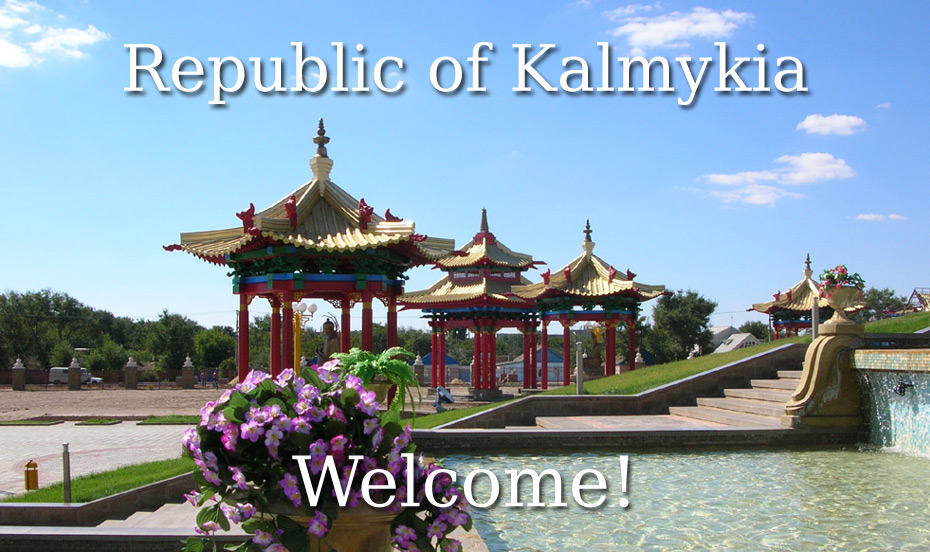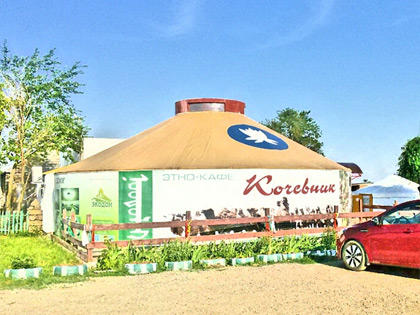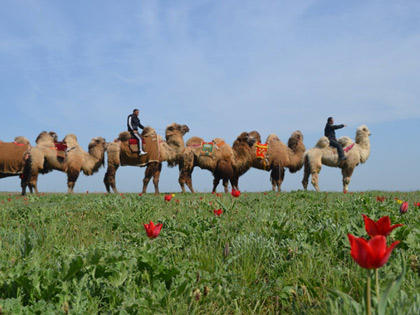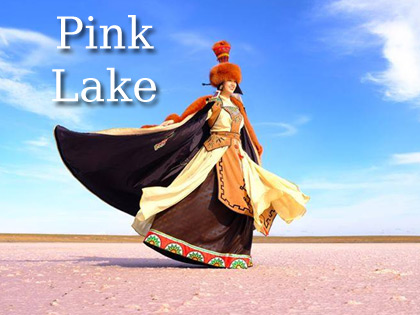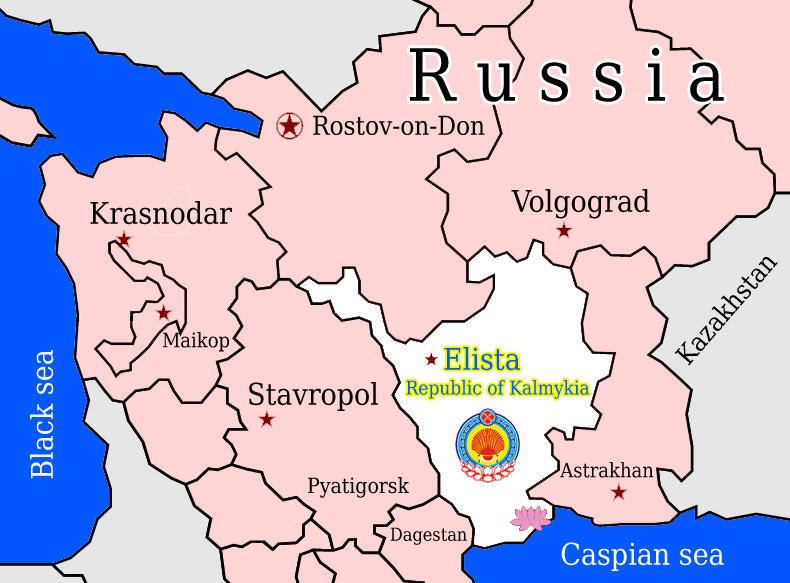New Zealand
 New Zealand
New Zealand
An island nation in Polynesia. New Zealand has a population estimated in 2022 of over 5.1 million (early 2017 estimate: over 4.8 million) and a land area of 268,021 sq km, both of which make it the largest country in Oceania.
New Zealand is subdivided into 17 regions, 9 of which are located on the North Island, 7 on the South Island, and 1 on the Chatham Archipelago.

The Kingdom of New Zealand includes the governmentally independent but loosely associated island nations of the Cook Islands and Niue, as well as the Non-Self-Governing Territory of Tokelau and the Antarctic Ross Territory.
New Zealand is an industrialized country with a developed economy. The volume of GDP at purchasing power parity for 2017 amounted to 189 billion US dollars (about 39,000 US dollars per capita). The monetary unit is the New Zealand dollar.
Geography
Located on two large islands (North and South) and a large number (approximately 700) adjacent smaller islands, in the southwestern Pacific Ocean. One of the main features of New Zealand is its geographical isolation. The closest neighbors of the country: to the west – Australia, separated by the Tasman Sea (the shortest distance is about 1700 km); to the north – the island territories of New Caledonia (about 1450 km), Tonga (about 1850 km) and Fiji (about 1900 km).
Tourism in New Zealand
Tourism is New Zealand’s largest source of income. As of February 2013, over 2.5 million tourists visit this country annually.
New Zealand is advertised to tourists as a clean green corner of the planet, the most popular routes are associated with various natural attractions, such as Fiordland National Parks, Abel Tasman National Park, Tongariro and Mount Cook.
The most popular tourist attraction in New Zealand is bungee jumping.
Tourism and related industries are becoming more and more important elements of the New Zealand economy every year. The location of the country and the beauty of its nature, combined with a high level of service, the convenience of transport structures and the development of active programs to attract tourists to the country, favor this.
Currently, tourism creates at least 10% of the country’s GNP. Almost 18,000 enterprises operate in the tourism sector and they create about 10% of jobs in the country.
For example, in 2006, New Zealand was visited by a record number of tourists in its entire history – 2,422,000 people. At the same time, on average, each tourist spent 20 days in the country, and they spent more than $6.5 billion in total in New Zealand.
The majority of tourists are from Australia. The number of tourists from China has increased significantly in recent years, and in 2006 they constituted the second largest group of international tourists visiting the country. This is followed by tourists from the USA, Germany, South Korea, and Japan.
Most tourists arrive in New Zealand through Auckland Airport. Popular country travel destinations are Fiordland, particularly Milford Sound, Queenstown, Bay of Islands, Rotorua, the Waitomo Caves, and the Franz Josef and Fox Glaciers on New Zealand’s South Island.
